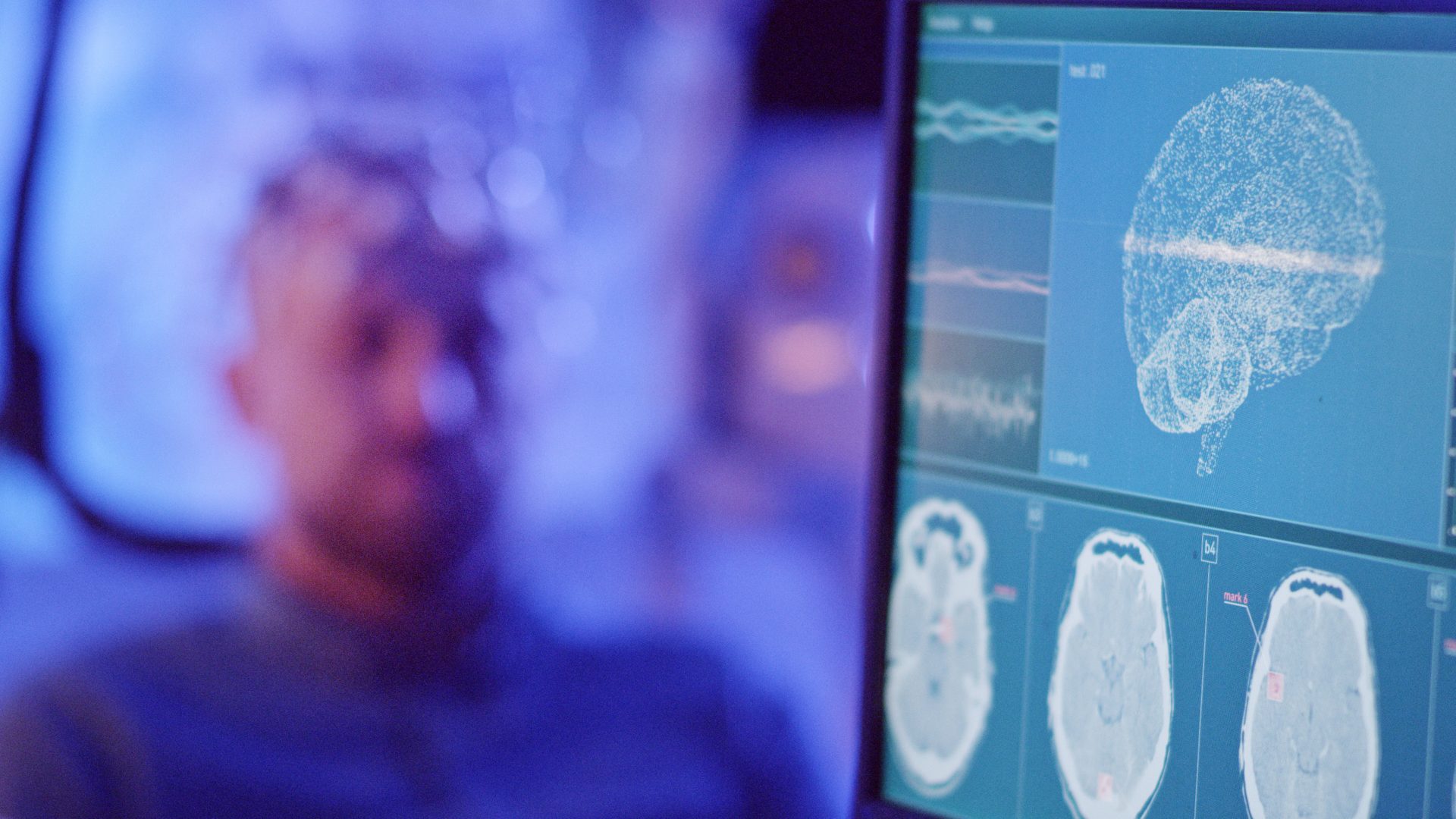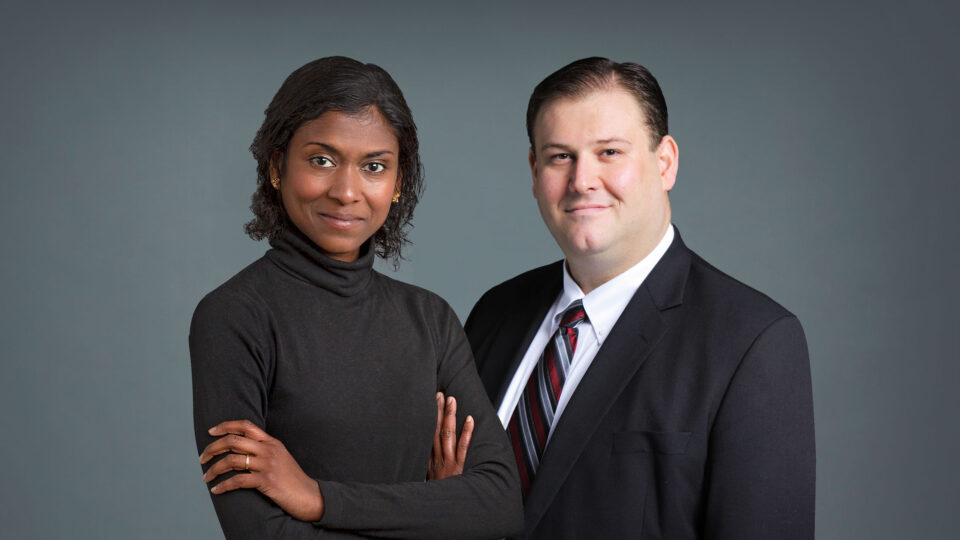Psychogenic nonepileptic seizures (PNES) may closely resemble epileptic seizures, complicating diagnosis and management. Patients with PNES benefit from specialty care for their atypical seizures that lack abnormal neuronal epileptiform activity.
However, despite a high prevalence rate (2-33 per 100,000) in the general population, the pathogenesis of PNES is not well-understood and treatment options remain limited.
“Functional neurological disorders, including PNES, pose a frustrating challenge for both psychiatrists and neurologists,” says Deepti Anbarasan, MD, a triple board-certified specialist in neurology, psychiatry, and epilepsy.
“Due to various reasons including the complexity of their neuropsychiatric symptoms, providers may feel ill-equipped to debrief patients about the diagnosis in the acute care setting and ensure appropriate outpatient follow-up.”
Dr. Anbarasan is uniquely positioned to treat patients with functional neurological disorders (FNDs) such as PNES. Her approach uses a combination of cognitive behavioral therapy (CBT), mindfulness-based interventions, and pharmacotherapy in the inpatient and outpatient settings to improve symptoms and quality of life.
High Unmet Need
Primary ownership of patients with PNES has remained a subject of contention in the neurology and psychiatry communities, making management of these patients continually challenging, says Dr. Anbarasan.
In part, this may be explained by the lack of a single etiological model for PNES and the absence of a liable universal phenotype for this condition.
From the psychological perspective, patients with PNES exhibit a simultaneous existence of both hyperarousal responses (e.g., hypervigilance, somatic preoccupation, emotional reactivity) and hypoarousal responses (e.g., dissociation, alexithymia, avoidance). From the neurological perspective, recent structural and functional studies have begun to uncover the neurobiological underpinnings of PNES and other FNDs.
“We know that PNES has a high association with a history of prior physical or sexual abuse, as well as medical comorbidities, such as mild traumatic brain injury, fibromyalgia, chronic fatigue syndrome, and chronic pain syndrome,” says Dr. Anbarasan.
Diagnosis and Treatment
While the differential for PNES is broad, diagnosis is usually established using video electroencephalography monitoring. Specifically, the recorded spell must be confirmed as being typical of what occurs in daily life.
Prompt diagnosis allows for more rapid implementation of appropriate psychological and psychiatric interventions and cessation of antiepileptic drugs, if necessary, says Dr. Anbarasan.
Medications may be necessary for some patients, especially if they have comorbid psychiatric conditions like post-traumatic stress disorder or major depressive disorder.
Other treatment strategies include hypnosis, biofeedback, and eye movement desensitization and reprocessing, which integrates aspects of several psychotherapies.
Reducing Stigma
Dr. Anbarasan hopes to encourage medical professionals to refer patients with PNES and other neuropsychiatric conditions for specialist management.
“Recovery from past trauma, in addition to the seizures, depends largely on their ability to overcome the stigma and follow-up with a mental health professional.”
Deepti Anbarasan, MD
“PNES is a real condition that arises in response to circumstances in patients’ lives. Recovery from past trauma, in addition to the seizures, depends largely on their ability to overcome the stigma and follow-up with a mental health professional.”






